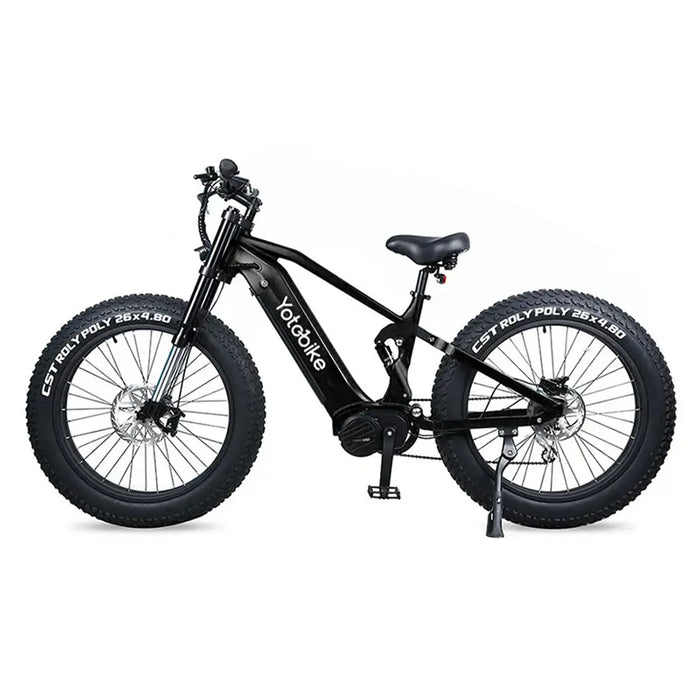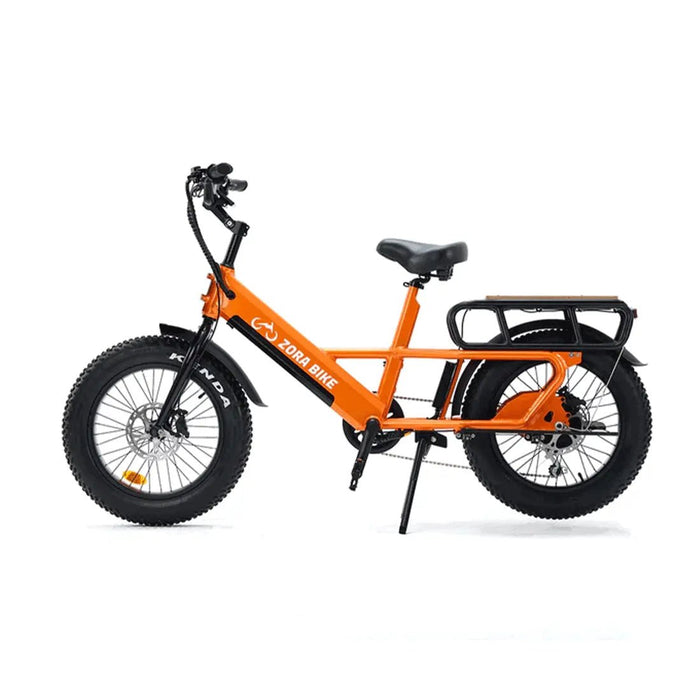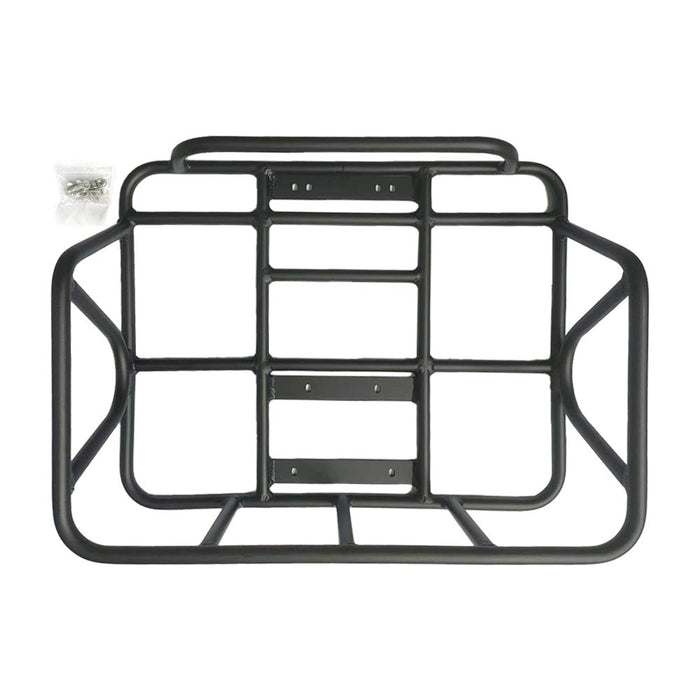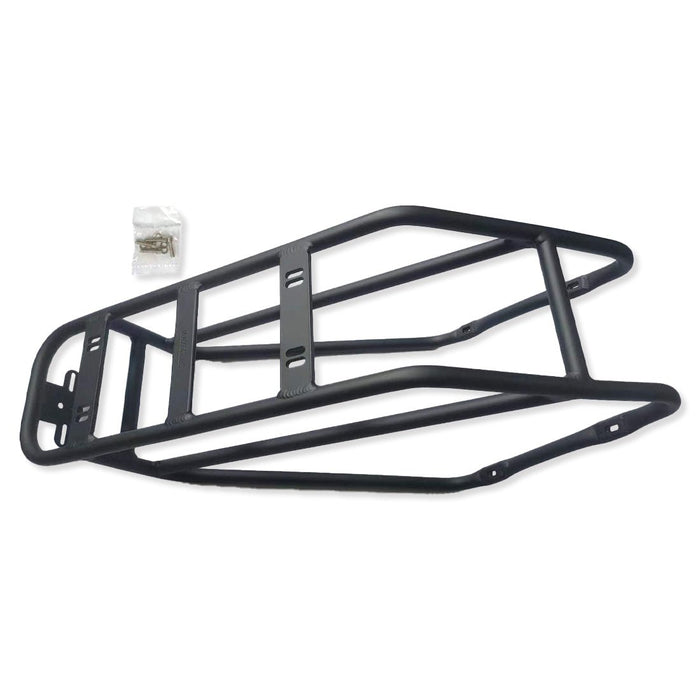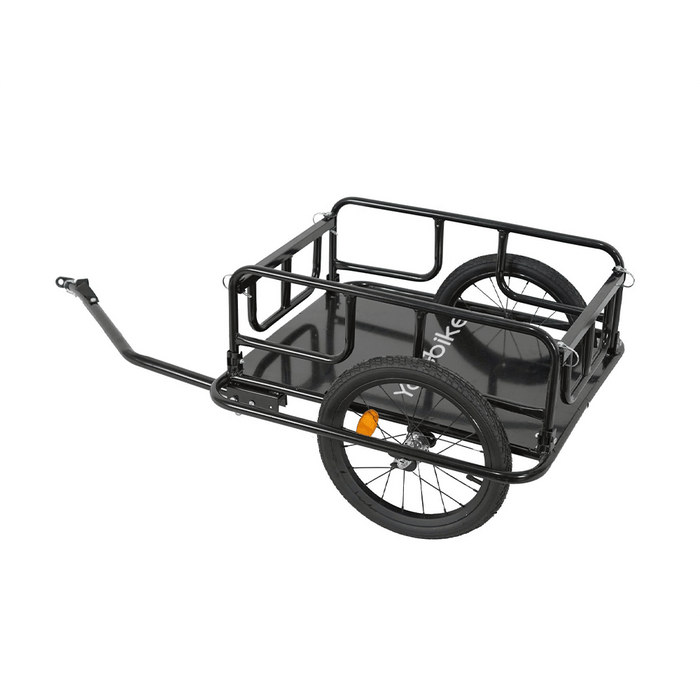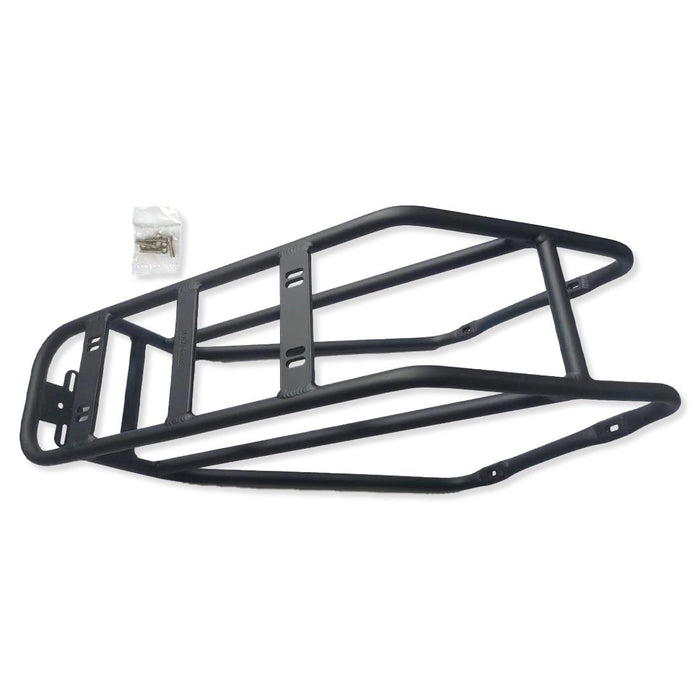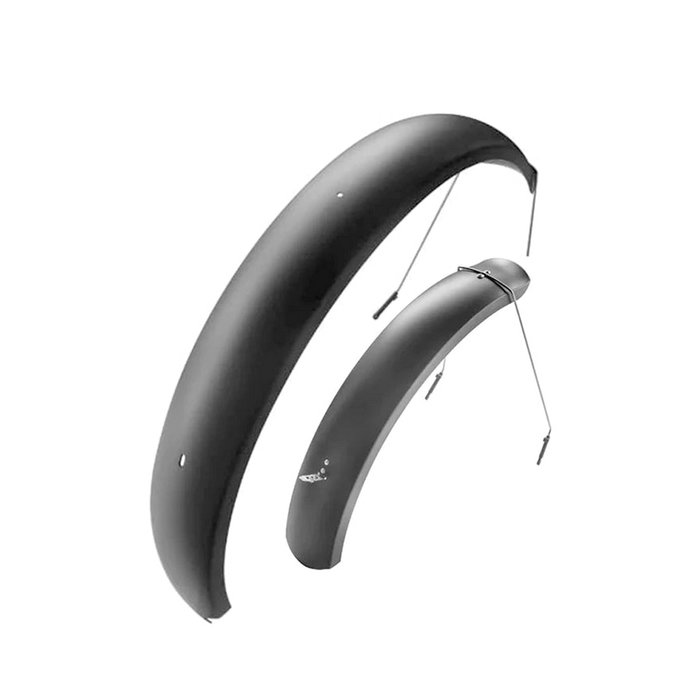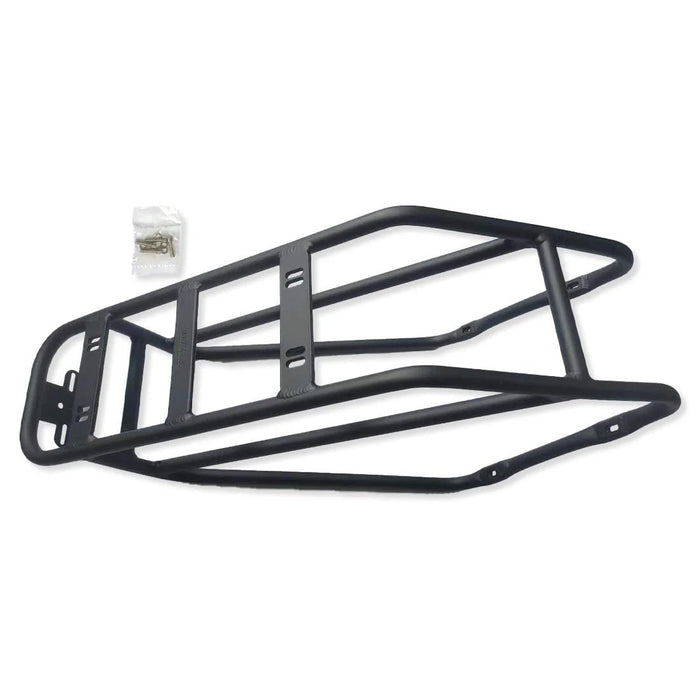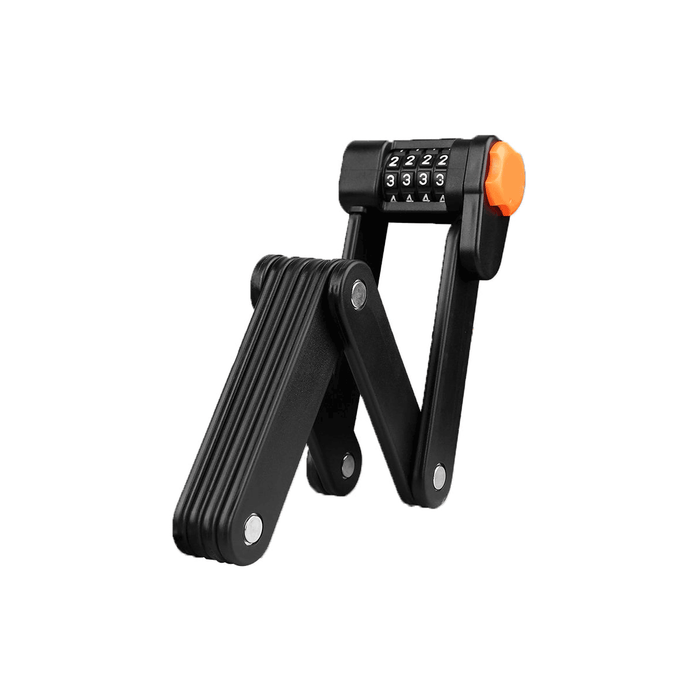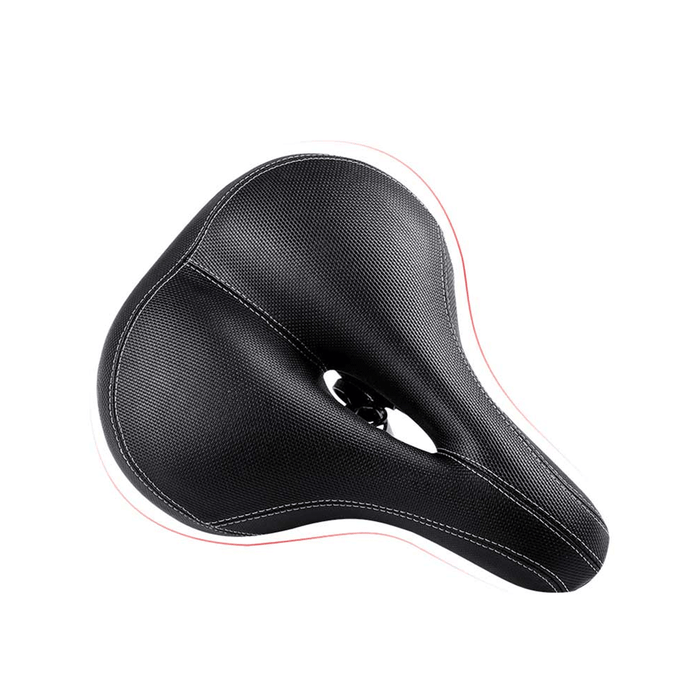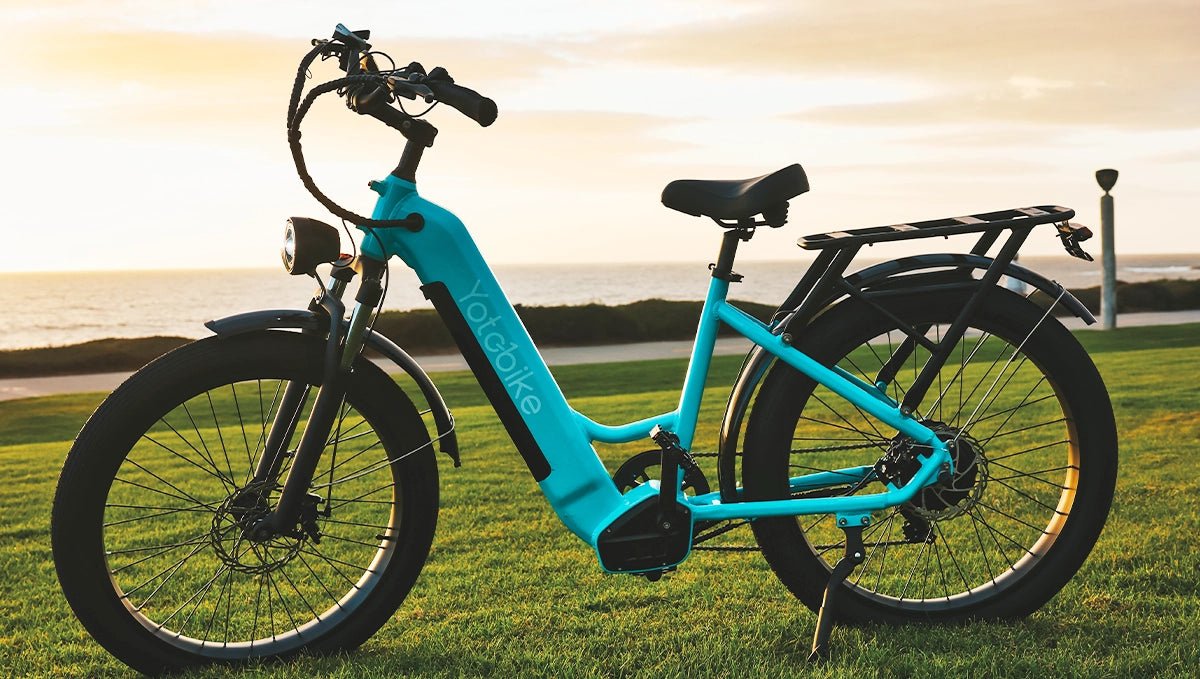
How long does an eBike battery last? This is one of the most common questions e-bike riders ask. The longevity of an e-bike battery directly impacts how far you can ride, how often you'll need to charge, and when a replacement might be necessary. In this guide, we’ll break down the average lifespan of e-bike batteries, factors affecting their longevity, and practical tips to extend their life.

What Is an eBike Battery and Its Main Types?
An eBike battery is the primary power source for your electric bike. It stores the energy needed to power the motor, which either assists in pedaling or drives the bike in throttle mode. The type, quality, and capacity of the battery directly impact the range, performance, and overall riding experience.
There are several types of e-bike batteries available today, each with unique characteristics:
-
Lithium-Ion (Li-ion) Batteries
Lithium-ion batteries are the most commonly used batteries in modern e-bikes due to their lightweight, high energy density, and long lifespan. These batteries provide a significant range per charge and can last several years with proper care. Their superior performance makes them the standard for most electric bikes today. -
Nickel Metal Hydride (NiMH) Batteries
NiMH batteries offer decent energy storage and are considered more environmentally friendly than other types. However, they are heavier and less efficient than lithium-ion batteries, which is why they are less commonly used in modern e-bikes. -
Sealed Lead Acid (SLA) Batteries
Sealed lead acid batteries are the most affordable option but are heavier and have a lower energy capacity. While these batteries were once common in early e-bike models, their shorter lifespan and bulky size have made them less popular in today’s market.
Among these options, lithium-ion batteries remain the most popular choice due to their superior performance, longevity, and ability to provide longer ranges. At Yotobike, our electric bikes are equipped with advanced lithium-ion batteries, ensuring optimal performance and efficiency for a smooth ride.
How Long Do eBike Batteries Typically Last?
Typically, e-bike batteries last between three to five years, depending on how well they are maintained, how frequently they are used, and the battery type. For most lithium-ion batteries, this equates to around 1,000 full charge cycles. A charge cycle is defined as one complete discharge and recharge of the battery.

The distance an e-bike can travel on a full charge varies based on several factors, such as the motor power, terrain, and the rider’s weight. On average, most e-bike batteries offer a range of 20 to 70 miles per charge. However, Yotobike batteries are designed for enhanced performance, allowing for up to 80 miles per charge in optimal conditions.
Factors Affecting eBike Battery Longevity
Several factors influence how long an eBike battery lasts. Understanding these factors can help you maximize your battery’s lifespan and get the most out of every ride.

Type of Battery
Lithium-ion batteries tend to last longer than other types due to their higher energy density and durability. Choosing a high-quality lithium-ion battery ensures better performance and longevity. Lithium-ion batteries are also lighter and more efficient, providing a greater range per charge.
Usage Patterns
How you use your e-bike is key in determining the battery’s lifespan. Frequent use at higher power settings, riding on rough terrain, or relying more on throttle mode than pedal-assist can drain the battery more quickly, shortening its lifespan. For optimal battery health, it's best to use pedal assist on level ground and reserve throttle power for more demanding conditions, such as steep climbs.
Battery Management System (BMS)
The Battery Management System (BMS) is a critical component in modern e-bike batteries. It monitors the battery’s health, regulates charging and discharging cycles, and protects the battery from overheating, overcharging, or deep discharges. A high-quality BMS, such as those found in Yotobike, helps prolong the life of the battery by ensuring it operates within safe parameters and optimizes its performance over time.
Charging Habits
Proper charging habits are essential to extending the lifespan of your e-bike battery. Overcharging, fully discharging, or keeping the battery fully charged for long periods can degrade its cells. Aim to keep the charge level between 40% and 80% to maximize battery life. It's best to recharge the battery after each ride rather than allowing it to drain completely. Always use the manufacturer-provided charger for optimal results.
Temperature and Storage Conditions
The environment in which you store and use your e-bike also affects battery longevity. Extreme heat accelerates battery degradation, while cold weather can temporarily reduce the battery's range. For example, high temperatures can damage battery cells, while freezing conditions slow down the chemical processes within the battery, reducing efficiency. Always store your battery in a cool, dry place, ideally at room temperature, to prevent damage. In colder climates, it's a good idea to bring the battery indoors when not in use.
Battery Capacity
Battery capacity refers to the amount of energy a battery can store, which directly affects the range per charge. Higher-capacity batteries allow you to travel further on a single charge, but over time, capacity will gradually decrease due to regular wear and tear from charging cycles. Yotobike offers batteries with excellent capacity, enabling up to 80 miles per charge under optimal conditions. As the battery ages, you may notice a gradual decline in range, which is normal for all rechargeable batteries.
Riding Conditions
The terrain you ride on, the weight you're carrying, and the weather conditions all impact how long your e-bike battery lasts. Hilly or uneven terrain requires more power from the motor, draining the battery faster than riding on flat surfaces. Similarly, heavier riders or additional cargo can cause the motor to work harder, reducing the range. Even strong headwinds can affect the battery's efficiency. To conserve battery life, consider riding on less demanding routes when possible or using lower motor assistance settings on flat roads.
Maintenance and Care
Proper maintenance and regular care can significantly extend the life of your e-bike battery. Simple steps like cleaning the battery terminals to ensure good contact and avoiding moisture buildup can prevent damage and prolong the battery’s lifespan.
What Are the Signs of a Declining E-Bike Battery?
As with any rechargeable battery, e-bike batteries degrade over time. There are a few telltale signs that indicate when a battery is nearing the end of its lifespan.
One of the most obvious signs is a reduced range. If your e-bike no longer covers as much distance on a full charge as it used to, it indicates that the battery’s capacity is diminishing. Longer charging times are another red flag, as is a noticeable drop in power output when riding up hills or using higher motor assistance levels.
Physical signs of damage, such as swelling or leakage, should not be ignored. If the battery is physically damaged or swelling, it is critical to replace it to avoid safety risks. Regular monitoring and maintenance can help catch these signs early.
Tips to Prolong Your eBike Battery’s Life
To get the most out of your e-bike battery, follow these practical tips to extend its lifespan:

- Avoid Fully Discharging the Battery: Try not to let the battery completely run out of charge before recharging it. Instead, aim to charge it before it drops below 30% to preserve its health.
- Store Your Battery at Moderate Charge Levels: If you plan to store your e-bike for an extended period, keep the battery charged between 40% and 80%. Avoid storing it fully charged or completely drained, as this can affect the battery's longevity.
- Keep the Battery in Optimal Conditions: Store the battery in a cool, dry place and avoid extreme temperatures. It's best to bring the battery indoors during hot summer days or freezing winter months to prevent potential damage.
- Use the Manufacturer’s Charger: Always use the charger provided by the manufacturer to ensure safe and efficient charging. Using the correct charger helps avoid overcharging or damaging the battery.
If you need to replace your battery, opt for high-quality batteries such as those offered by Yotobike. Yotobike’s ebike-battery range includes durable, long-lasting lithium-ion batteries that deliver optimal performance, ensuring you get the most out of your rides.
Conclusion
Understanding how long an e-bike battery lasts and the factors that affect its lifespan can help you make the most of your electric bike. By following proper maintenance tips and caring for your battery, you can extend its life and enjoy a reliable, efficient riding experience. High-quality batteries, like those from Yotobike, provide excellent longevity and performance, making them an excellent investment for any e-bike enthusiast. Whether you’re commuting or exploring the great outdoors, your e-bike battery is key to a smooth, powerful ride.
FAQs
How long does an eBike battery last on full charge?
On a full charge, an eBike battery typically lasts between 20 to 70 miles, depending on factors such as terrain, rider weight, and motor power settings. Yotobike batteries can last up to 80 miles per charge in optimal conditions.
How often do eBike batteries need to be replaced?
E-bike batteries typically last between three to five years or around 1,000 charge cycles. If you notice a significant drop in range or longer charging times, it may be time to consider a replacement.
How much does it cost to replace a battery on an electric bike?
The cost of replacing an e-bike battery varies depending on the quality and type. Lithium-ion batteries generally range from $400 to $9,000. Investing in high-quality batteries like those from Yotobike ensures long-term performance and reliability.




